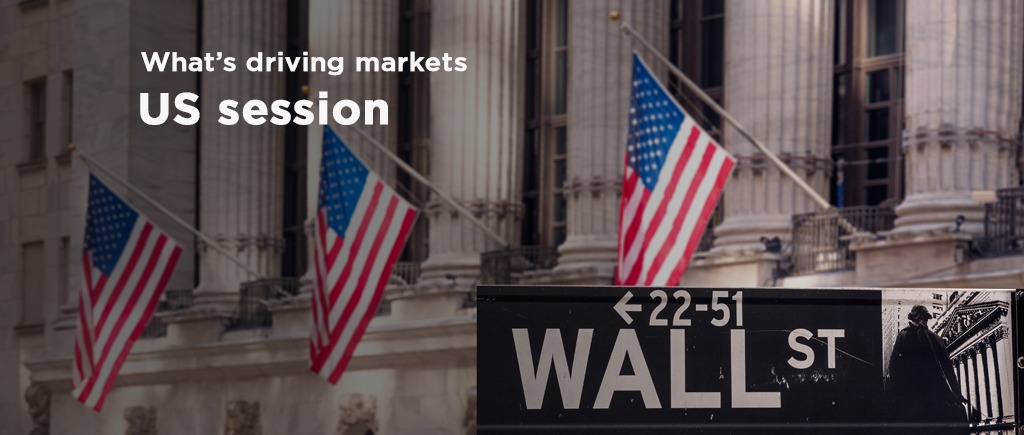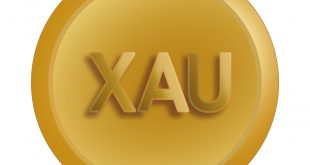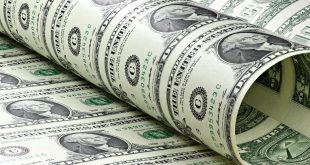Major European markets were closed on Monday with generally quite subdued trading conditions for most of the day. Flows were picking up somewhat during US trade. Nonetheless, the US dollar traded firmly across the board against its major G10 counterparts and the Dollar Index (DXY) hit its highest level since April 2020 in the 100.80s.
Markets have been monitoring expectations for an increasingly aggressive Fed’s policy tightening, as also reflected by upside in US yields across the curve, as boosting the US dollar.
Economic Data
April NAHB Housing Market Index: 77 vs. 78 expected and 79 prior (unrevised). Despite low existing inventory, builders report sales traffic and current sales conditions have declined to their lowest points since last summer as a sharp jump in mortgage rates and persistent supply chain disruptions continue to unsettle the housing market.
Fed Chair Jerome Powell will speak on Thursday at the IMF/World Bank meetings. He is expected to solidify expectations that the Fed will be raising interest rates by 50 bps at the upcoming meeting and likely a few more meetings thereafter, as well as kick-starting balance sheet runoff soon. Analysts think this may mean even more upside for US yields and the US dollar ahead.
Other Developments
The Fed’s position as one of the more hawkish G10 central banks was not the only factor supporting the US dollar on Monday. Market commentators also cited pessemism about the Russo-Ukraine war, with peace talks seemingly at a dead-end (as per remarks from Ukrainian President Zelenskyy over the weekend) and with Russia kicking off its offensive in the east.
This week’s IMF/World Bank meetings will be used as a platform by NATO/Western nations to push for tougher sanctions on Russia, thus underlying the stagflationary risks the conflict and associated sanction response poses to the global economy.
Elsewhere in currency markets, the worst performer of the major G10 currencies was the Aussie dollar, with AUD/USD falling 0.6% to one-month lows underneath the 0.7350 mark, perhaps weighed amid more confusion/pessimism about the lockdown situation in China. Better than expected Chinese GDP growth figures for Q1 2022 did little to ease concerns about the outlook for the Chinese economy for Q2.
Also Read
Bullard: US Inflation could get out of control if we don’t act quickly
US Stocks Wavering In Thin Trade As Long-End Bonds Fall
US Dollar Index Hits Highest Since April 2020
WTI Eying Fresh Highs Amid Supply Concerns
EUR/USD grinds lower Amid Risk-off Market Sentiment, Strong Dollar
World Bank curbs global growth forecast for 2022 to 3.2% from 4.1%
Gold Expected To Recapture $2000 Mark Despite Buoyant Us Yields, Stronger USD
Will FOMC Be Able TO Tame Hot Inflation?
Putin To Accelerate Switch To Trading In National Currencies Under New Conditions
 Noor Trends News, Technical Analysis, Educational Tools and Recommendations
Noor Trends News, Technical Analysis, Educational Tools and Recommendations





